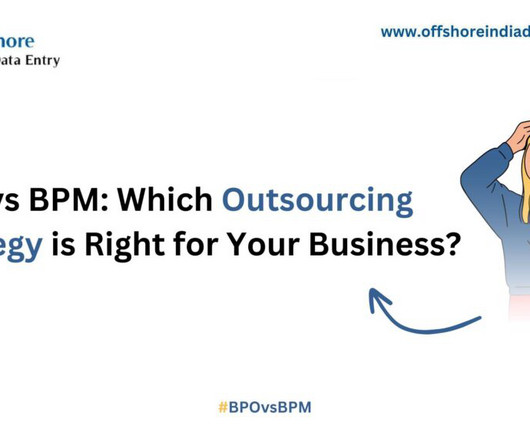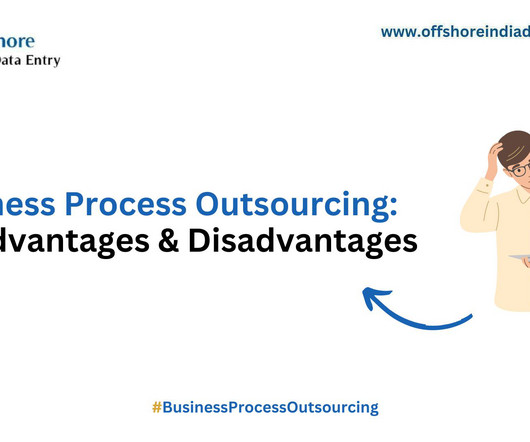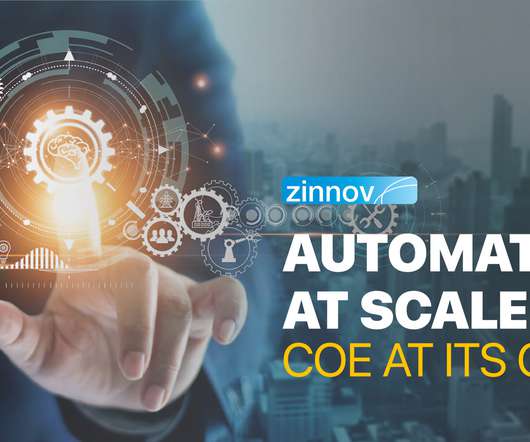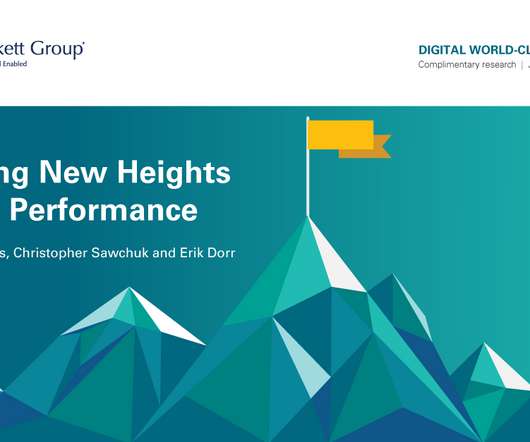BPO vs BPM: Which Outsourcing Strategy is Right for Your Business?
Offshore India Data Entry
FEBRUARY 19, 2024
BPO focuses on delegating specific back-office tasks, like payroll processing or customer service, with the goals of reducing costs and improving efficiencies. In the realm of BPO, the primary goal is to attain cost savings and operational efficiency. BPM takes a more holistic view of end-to-end business operations.













Let's personalize your content